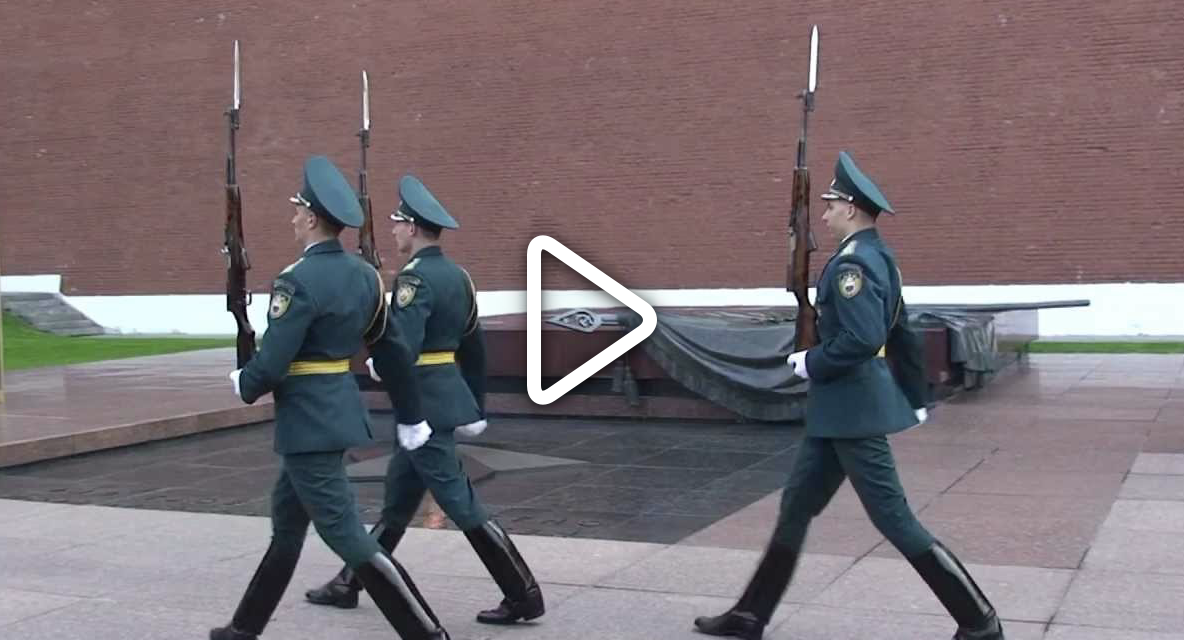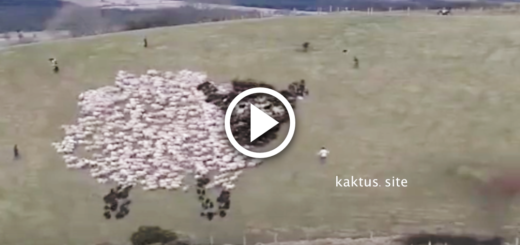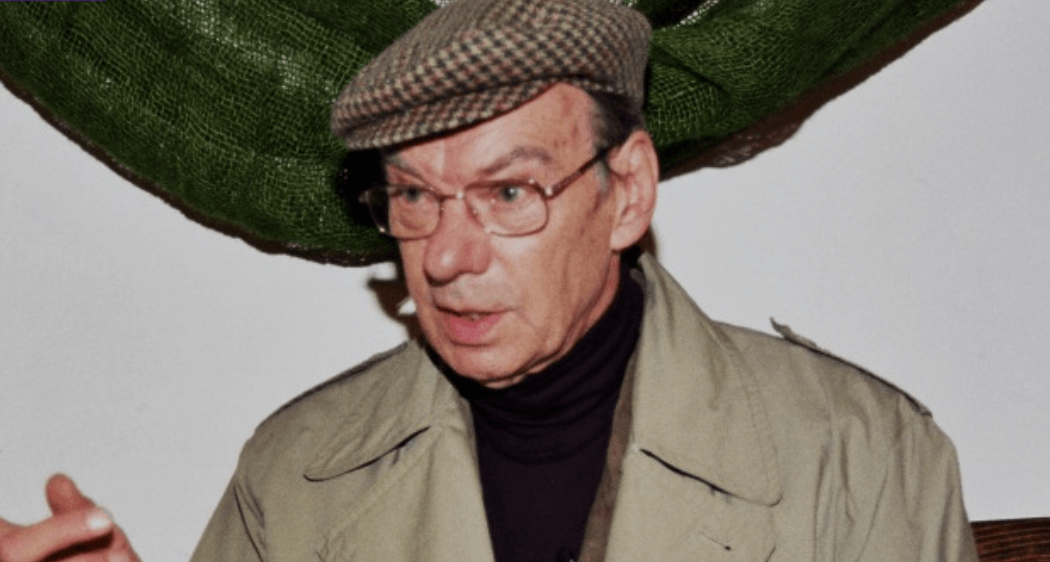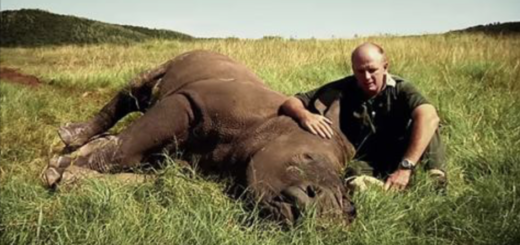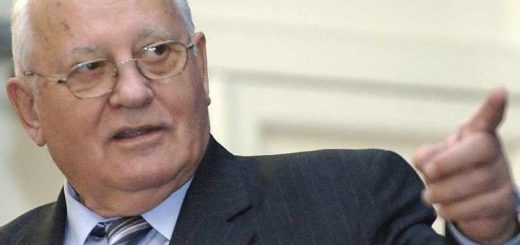Nobody on Flight 847 noticed the young woman in seat 23C until she saved all their lives. Fallon Martinez appeared to be just another passenger—Passenger 127 on the manifest—reading a book and sipping coffee as the Boeing 777 cruised at 35,000 feet over the Atlantic. But when disaster struck and the pilots were incapacitated, the F-22 Raptor escorts flanking their aircraft would learn why her call sign, Phoenix, had once been whispered with reverence in military command centers across three continents.
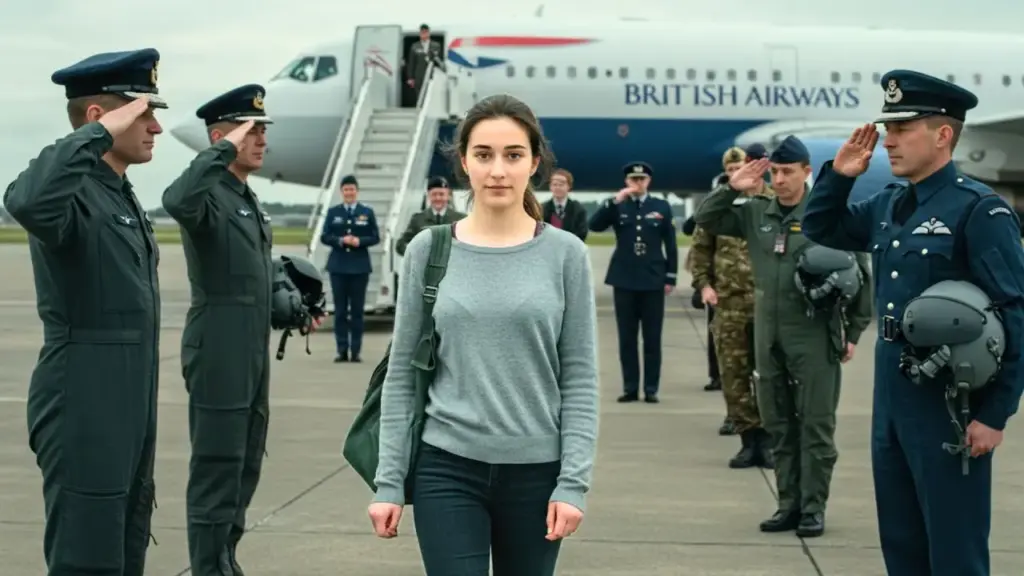
The morning sun painted the cabin of British Airways Flight 847 in warm, golden hues as it began its descent toward London Heathrow. It was supposed to be a routine transatlantic crossing, the kind of flight that happened hundreds of times daily, carrying business travelers, tourists, and families across the ocean without incident. The Boeing 777-300ER had departed John F. Kennedy International Airport right on schedule, its 284 passengers settling into the familiar rhythm of long-haul travel.
In the cockpit, Captain Michael Harrison and First Officer Sarah Chun were conducting their standard pre-descent procedures. Harrison, a 23-year veteran with British Airways, had flown this route more than a thousand times. The weather was perfect: clear skies, minimal turbulence, with London reporting sunny conditions and light winds. It was the kind of day that made flying feel routine, almost mundane.
The passenger manifest showed the usual mix of international travelers. Business executives in first class worked on their laptops, preparing for Monday morning meetings. Families in economy wrestled with restless children who had grown tired of the eight-hour journey. Students backpacking their way across continents slept against windows or watched downloaded movies on their phones.
Nobody paid particular attention to Passenger 127. Listed simply as F. Martinez, seated in 23C, the young woman appeared to be in her mid-twenties, with the kind of understated presence that made her blend seamlessly into any crowd. Her dark hair was pulled back in a simple ponytail, and she wore civilian clothes: jeans, a plain sweater, and comfortable sneakers. Nothing about her suggested military service or aviation experience.
Throughout the flight, Fallon had been the perfect passenger. She had politely declined the meal service, read quietly from a worn paperback novel, and caused no disturbance to her fellow travelers. The flight attendants had barely noticed her except to offer the standard service, which she had accepted with a quiet «thank you,» spoken in lightly-accented English that suggested European origins.
What nobody realized was that Fallon’s eyes had been tracking far more than the pages of her book. Every thirty minutes, she had glanced at her watch—not from impatience, but from habit. She had noted the flight attendants’ locations during their service routines, observed the behavior of nervous flyers, and unconsciously cataloged the aircraft’s sounds and movements. These weren’t the observations of an anxious passenger, but the automatic threat assessment patterns of someone trained to notice everything.
The book in her hands, a collection of poetry by Pablo Neruda, was dog-eared and heavily annotated, suggesting it had been read many times. But between the romantic verses were subtle notes written in three different languages—coded reminders that would mean nothing to a casual observer, but everything to someone who understood operational security protocols.
As Flight 847 began its descent, Air Traffic Control at London Heathrow was coordinating the morning rush of incoming international flights. The controllers were experienced professionals, managing the complex dance of aircraft approaching one of the world’s busiest airports. Everything was proceeding normally until Heathrow Control received an unusual transmission from RAF Coningsby. Two F-22 Raptor fighter jets had been scrambled on what was initially described as a routine training exercise.
The Raptors, part of a joint NATO training program, were conducting intercept drills with commercial aircraft, a standard procedure designed to test response times and communication protocols. Flight 847 had been selected as the practice target, a common occurrence that most passengers never even noticed. The lead Raptor pilot, Squadron Leader James Morrison, was a decorated RAF officer with over 2,000 hours in fighter aircraft. His wingman, Flight Lieutenant Rebecca Torres, was one of the youngest pilots ever qualified to fly the F-22.
As they approached Flight 847’s position, Morrison’s radio crackled with routine communications from air traffic control. The exercise was proceeding normally, with the commercial aircraft maintaining course and altitude while the fighters performed their intercept protocols. It was supposed to be a textbook training mission, the kind that would be logged and forgotten by evening. But sometimes, routine flights become anything but routine.
Sometimes, the most ordinary circumstances reveal the most extraordinary people. And sometimes, Passenger 127 becomes something much more significant than anyone could have imagined. In seat 23C, Fallon Martinez closed her book and looked out the window at the English countryside spreading below. She checked her watch one more time, noting their position and altitude with the precision of someone who understood exactly where they were and where they needed to be. She had no idea that in approximately twelve minutes, everything would change.
Fallon Martinez had learned long ago that being underestimated was often an advantage. At five feet four inches tall, with a slight build and quiet demeanor, she possessed the rare gift of invisibility in crowds. Her fellow passengers on Flight 847 saw her as they saw dozens of other travelers: forgettable. The businessman in 23A had glanced at her once when settling into his seat, dismissing her as probably a student or perhaps a young professional on vacation. The elderly couple in 23D and 23E had offered polite smiles when she had helped the woman stow her carry-on bag, noting her helpfulness but thinking nothing more of it.
What none of them could see was the person beneath the unremarkable exterior. Fallon’s quiet confidence wasn’t shyness; it was the controlled awareness of someone trained to observe rather than be observed. Her steady hands weren’t just calm; they were hands that had operated complex systems under extreme pressure. Her alert eyes weren’t merely intelligent; they were eyes that had seen combat and learned to read situations others couldn’t comprehend.
Born in Barcelona to her Spanish mother and American father, Fallon had grown up bilingual and bicultural, moving between worlds with an adaptability that would later prove invaluable. Her childhood had been unremarkable by most standards: good grades, a few close friends, a love of aviation sparked by visits to her grandfather, a retired Iberia Airlines pilot who had filled her head with stories of flight. At 18, she had surprised everyone by enrolling in the Spanish Air Force Academy.








